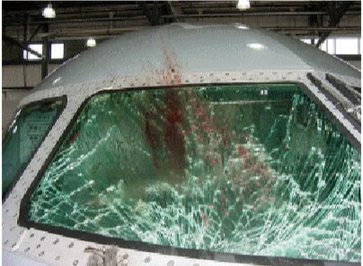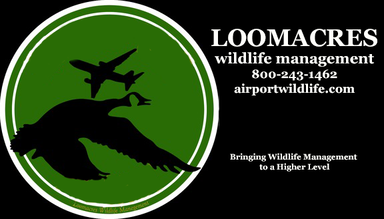 Damage from a wild turkey at Dulles International 2002 (FAA) Damage from a wild turkey at Dulles International 2002 (FAA) One of the reasons why all bird strikes are should be reported in the FAA Strike Database whether or not they cause damage to the aircraft and whatever bird/wildlife species was involved, is that experience of the analysis of bird remains collected after strikes by experts has shown that the species reported as involved are frequently incorrect. Other reasons include:
The information that is commonly sought in a bird strike report includes:
Care must be exercised while interpreting the data collected. For example, an airport with an increasing rate of bird strikes is not necessarily becoming a riskier location. The total number of strikes at an airport, taken in isolation, is not a good indicator of risk; examination of the data by species struck and the distinguishing of multiple from single strikes is critical. If an increase in recorded strikes is attributable to an increase in incidents caused by encounters with single small birds, whereas the number of strikes involving large bird species and/or flocks of birds is falling, then this may well be indicative of both better bird control and better reporting of strikes. For more information on Strike Reporting or how to report a strike please fill out the fields below and someone from Loomacres Wildlife Management will contact you. Loomacres - 800-243-1462 Bringing Wildlife Management to a Higher Level ©
0 Comments
Leave a Reply. |
Sales & Marketing
|

 RSS Feed
RSS Feed